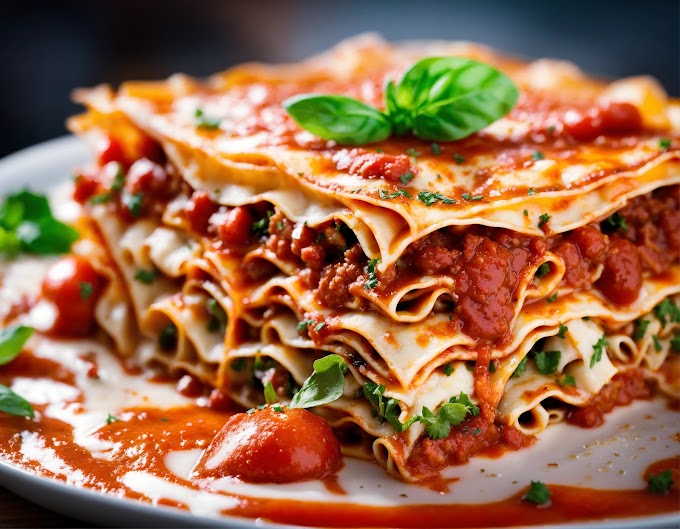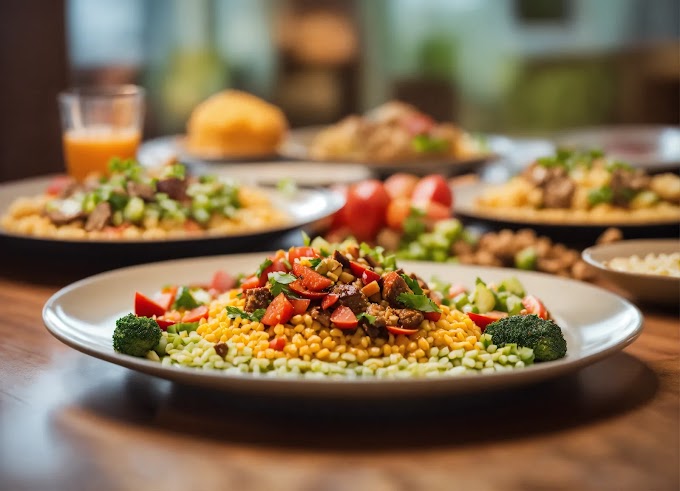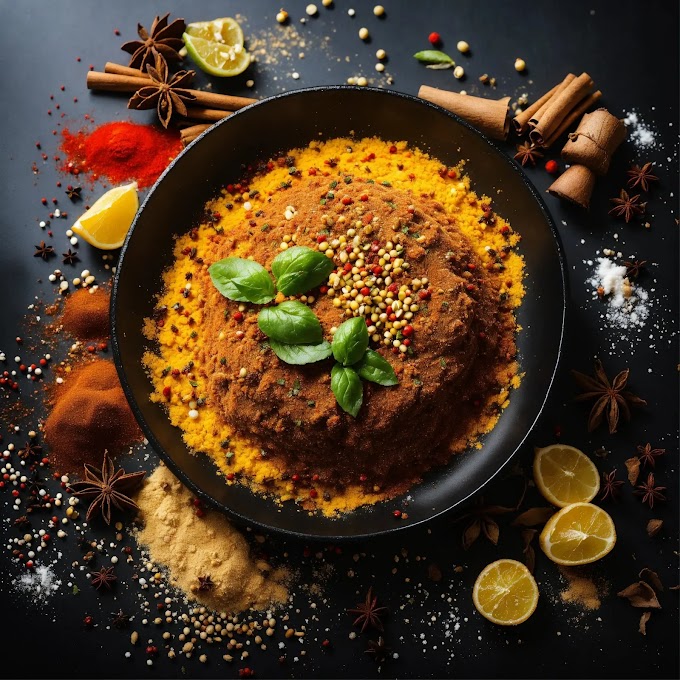Introduction:
In the world of hearty and comforting meals, few dishes stand as iconic as meatloaf. This classic comfort food has graced family tables for generations, offering a satisfying blend of flavors and textures. In this comprehensive blog post, we will explore the art of crafting the perfect meatloaf, address frequently asked questions, and draw conclusions on why this timeless recipe remains a beloved culinary tradition.
Unveiling the Perfect Meatloaf:
Choosing the Right Blend:
Begin the journey to a delicious meatloaf by selecting the right blend of meats. The combination of ground beef, pork, and veal, or a customized mix, forms the foundation for a flavorful and moist loaf.
Enhancing Flavor with Aromatics:
Aromatics such as onions, garlic, and herbs play a crucial role in elevating the flavor profile of your meatloaf. Experiment with different herb combinations to find the one that resonates with your taste buds.
Binders for Structure:
Eggs and breadcrumbs serve as essential binders, providing the structure that holds the meatloaf together. The ratio is critical; too much can lead to a dense loaf, while too little may result in a crumbly texture.
Adding Moisture:
Incorporating moist ingredients like ketchup, Worcestershire sauce, or even a dash of milk ensures that your meatloaf remains succulent and juicy. This step is pivotal for achieving a perfect balance between texture and moisture.
Forming the Loaf:
Gently shape the meat mixture into a loaf, ensuring it's compact but not overly dense. The goal is to create a shape that allows even cooking while preserving the juiciness within.
Glazing for Flavor:
A flavorful glaze adds an extra layer of taste and visual appeal. Options range from a classic ketchup-based glaze to variations with brown sugar, mustard, or balsamic vinegar, each lending a unique twist to the final dish.
Perfecting the Cooking Process:
Baking is the final and crucial step. Ensuring an even cook throughout is essential, and using a meat thermometer guarantees that your meatloaf reaches a safe internal temperature without overcooking.
Conclusions:
In conclusion, the allure of meatloaf lies in its ability to provide a sense of comfort and familiarity. Perfecting this dish requires a delicate balance of flavors, textures, and moisture. Whether it's a cherished family recipe or a culinary experiment, meatloaf holds a special place in the hearts and palates of many. As you embark on the journey of crafting the perfect meatloaf, savor the process, embrace the creativity, and relish the joy it brings to your table. May each slice be a testament to the timeless appeal of this beloved comfort food. Happy cooking!
Frequently Asked Questions:
Can I make meatloaf ahead of time?
Absolutely! Prepare the meatloaf mixture in advance and refrigerate. Allow it to come to room temperature before baking.
Can I use different meats in my meatloaf?
Certainly! Experiment with combinations like turkey, chicken, or lamb for a unique twist on the classic recipe.
How can I ensure a moist meatloaf?
Balancing the ratio of moist ingredients, using a meat thermometer, and not overcooking are key factors in achieving a moist and flavorful meatloaf.











Thank you for comments